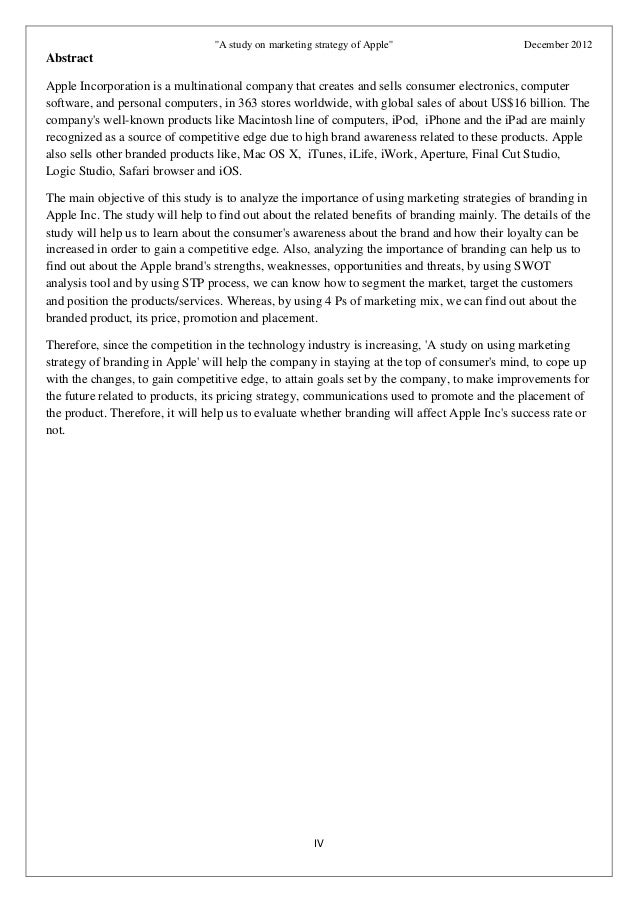Essay About Chewing Qat In Yemen - earethfecamciu.gq.
Essay The Un High Commission For Refugees. time. The 4 main types of non-communicable diseases are cardiovascular diseases, cancers, chronic respiratory diseases, and diabetes. Most of the non- communicable diseases in Yemen are brought on through social habits and tradition such as smoking Khat and fasting.
You will look back on hiring a resume writing service as essay about chewing qat in yemen one of your best decisions ever. It is already mentioned that government sources, international organizations, and newspapers are some of the credible sources.

Northern Yemen is the region most under threat of famine, but the Houthi rebels who control it value their monopoly on qat as much as Mr Hadi does his hold on the country’s oil- and gasfields. It.

The Impact of Chewing Khat and the 4 April 2017 Background of the study Some oral traditions claim that khat originated from Yemen, however the literature indicates that khat originated from Ethiopia, specifically in Hararge with a gradual expansion to different parts of Ethiopia, Yemen and other parts of the world as cited by Huffnagel in1961 (Dechassa ,2001).

It is estimated that up to 90% of adult males chew khat three to four hours daily in Yemen. The number for females may be as high as 50% or even higher as young women take up the habit; a recent study for the World Bank estimated that 73% of women in Yemen chew the khat leaf more or less frequently.

Yemen's Qat Chewing Culture Qat is a leafy shrub containing an amphetamine compound that when chewed creates a mild buzz somewhere between caffeine and cocaine. The leaves are chewed and stored in the cheek where they break down in the saliva and the juices eventually enter the bloodstream.

Prevalence of Khat Chewing and its Effects on Academic Performance among Wollega University Students - Gemechu Getahun - Master's Thesis - Business economics - Miscellaneous - Publish your bachelor's or master's thesis, dissertation, term paper or essay.

As can be predicted, qat chewing would have serious socio-economic consequences. In Yemen, qat consumption takes up 10% of personal income, and 25% of usable working hours in the afternoon is devoted to chewing. Even in affluent Djibouti, qat is said to be the reason for numerous divorces.

The dark green leaves of qat are chewed in fresh condition by more than 90% of Yemen people. These leaves contain alkaloids similar to cafffein having pleasurable and mildly stimulating effects. Qat is, thus, classified by WHO as a “drug of abuse”.

Yemen society in addition to Ethiopia, Somalia and other countries of east Africa. Qat habit is known in the Arabic countries as takhzeen al-qat as it is more than chewing (chewing and storing qat in the vestibule for few hours) and known socially as qat sessions (3). Qat has psychological, medical, social and economical effects on human beings.
.png)
Khat in Yemen. Socialization in Yemen revolves around chewing khat, an amphetamine-like plant whose leaves are plucked, chewed and held in the mouth. Chewing khat is the main activity at most social gatherings, both informal and formal. In recent years, it has even come to define Yemeni culture.

Khat is used by many immigrants to these countries from East Africa and Yemen.. Chewing khat leaves has led to infections that can. The effect of Qat chewing on blood pressure and heart rate.

Yemen’s qat sales soar as war drags on Qat seller Osama Mansour, who has been been in the business for 20 years, said he had never sold as much qat as he did in the past two years.


